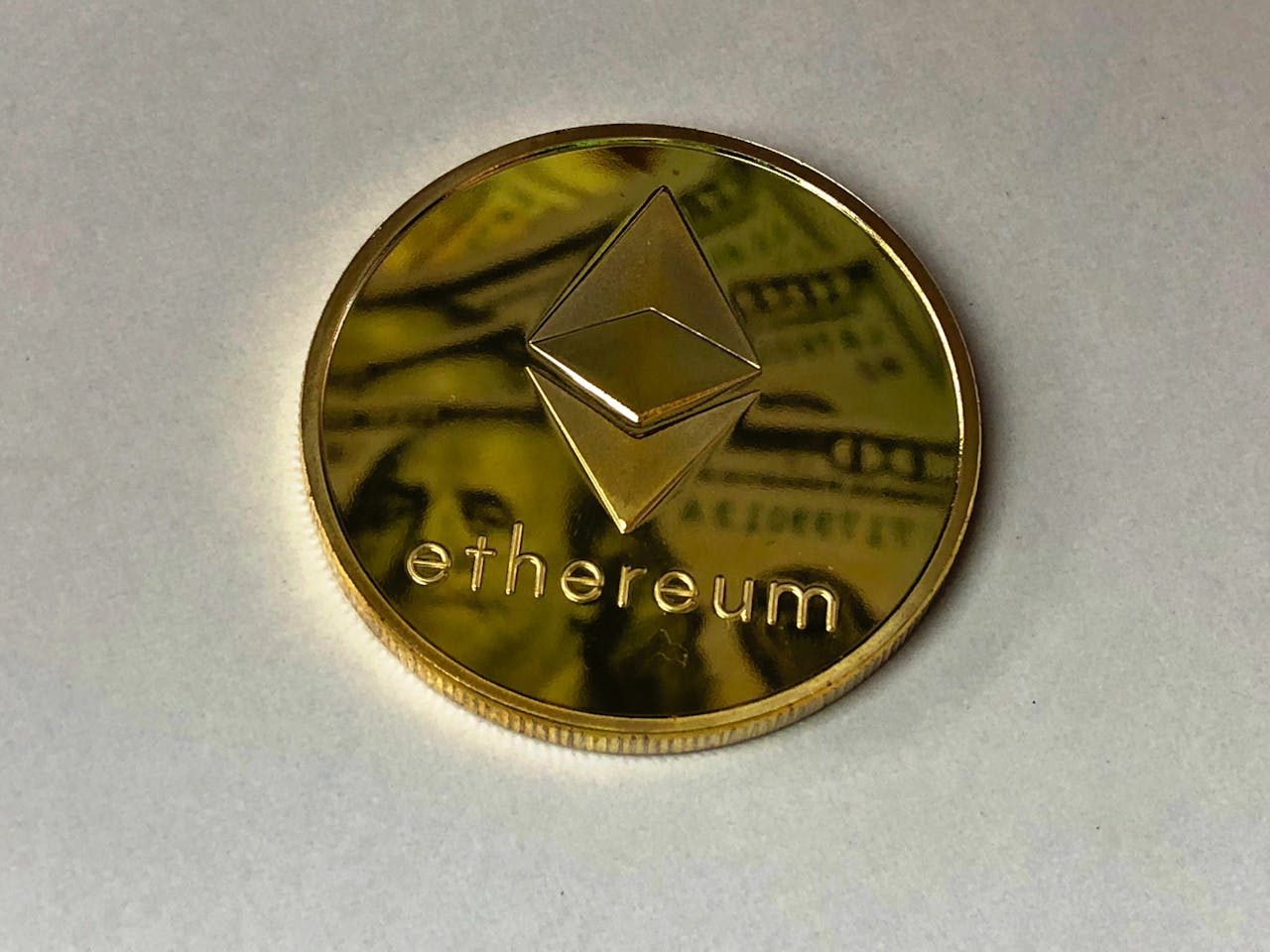Introduction
The rise of NFTs brought new excitement to digital ownership, art markets, gaming economies, and decentralized communities. However, as activity increased on networks like Ethereum, transaction fees surged and network congestion became a persistent issue. Minting a single NFT during peak demand could cost more than the NFT itself — making creation inaccessible for many artists, developers, and collectors.
Layer 2 (L2) scaling solutions have emerged to solve this problem. By processing transactions off the main blockchain while still relying on its underlying security, L2 networks allow NFT minting to be cheaper, faster, and more user-friendly, without compromising on decentralization.
Why Layer 2 Matters for NFT Minting
Layer 1 blockchains like Ethereum are secure, but they can be slow and expensive during periods of high network demand. Layer 2 networks reduce this pressure by taking most of the computation off-chain and only using the main chain for final settlement.
This makes minting NFTs far more efficient. Instead of competing with every transaction on Ethereum, creators mint on a lighter layer that is optimized for throughput and cost.
How Layer 2 Solutions Improve NFT Minting
a. Lower Transaction Fees
Minting, transferring, and listing NFTs on L2 networks costs significantly less than on Ethereum’s mainnet. Fees are often only a few cents, compared to several dollars or even tens of dollars on Layer 1. This makes experimentation and mass minting far more practical.
b. Faster Confirmation Times
L2 networks process transactions much quicker. NFT creators and collectors see near-instant confirmation instead of waiting for delayed block settlement during congestion. This is especially valuable in high-volume environments like gaming or live minting events.
c. Greater Accessibility and Inclusion
Lower fees and faster transactions open NFT creation to artists and users who previously could not afford to participate. Communities from emerging markets, independent creators, and smaller projects can now build without significant upfront cost.
Popular Layer 2 Networks for NFTs
Several Layer 2 networks have become hubs for NFT activity:
- a. Polygon: Widely adopted by major brands and NFT marketplaces due to low fees and strong tooling.
- b. Arbitrum Nova: Designed for gaming and social applications where large volumes of NFT minting occur.
- c. Optimism: Popular for DeFi but increasingly used for NFTs in collaborative and community-based projects.
- d. zkSync and Starknet: ZK-rollup ecosystems offering high security and fast finality, well-suited for scalable NFT collections.
Each network approaches scaling differently, but all share the goal of making NFT creation more efficient.
Impact on NFT Projects and Ecosystems
Cheaper and faster minting encourages new design possibilities:
- a. NFT-based gaming can support dynamic in-game assets that update frequently.
- b. Generative art projects can scale minting events without worrying about gas wars.
- c. Community memberships and digital identity assets can be distributed freely or at very low cost.
Layer 2 infrastructure also enables batch minting, airdrops, and cross-chain asset transfers, making NFTs more flexible and composable across ecosystems.
Challenges and Considerations
While Layer 2 brings clear benefits, there are still some areas to navigate:
- a. Bridging assets between Layer 1 and Layer 2 can be confusing for new users.
- b. Marketplace support varies across networks, so liquidity may be fragmented.
- c. Wallet compatibility continues to improve, but onboarding still requires education.
These challenges are gradually being addressed through better UI design, integrated wallets, and native L2 marketplaces.
Conclusion
Layer 2 scaling solutions are transforming NFT creation by making minting faster, cheaper, and more accessible. This shift expands the creative and economic possibilities of NFTs, allowing more artists, developers, and communities to participate in Web3 without being hindered by high fees or network congestion.
As Layer 2 ecosystems continue to mature, we will see NFTs move closer to mainstream adoption — powering everything from digital art and gaming to identity, membership, and real-world asset tokenization.
Block3 Finance works with NFT creators, gaming studios, and Web3 platforms to implement efficient Layer 2 minting strategies, optimize cost structures, and design scalable NFT ecosystems that support long-term growth.
